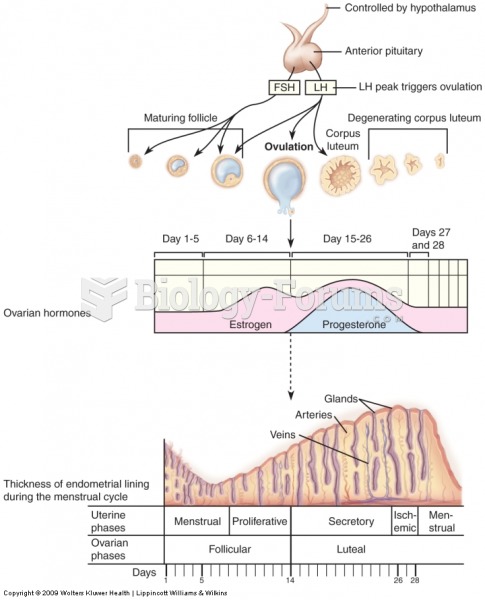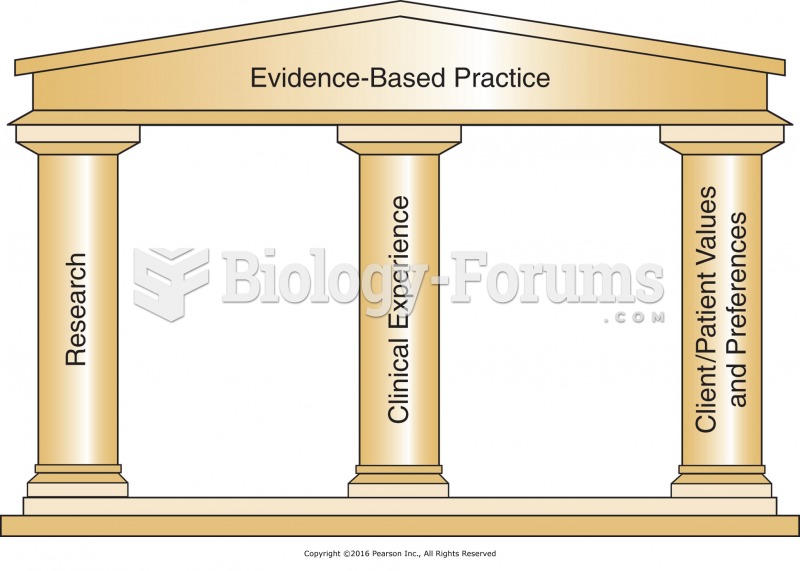Answer to Question 1
b
Answer to Question 2
Both medication and cognitive-behavioral therapies have been effective in treating panic disorder. Medical treatments include a number of different classes of medications. Antidepressants (tricyclic antidepressants and SSRIs) have shown to be more effective than benzodiazepines. However, tricyclic antidepressants have more side effects than SSRIs, and benzodiazepines have the particular drawback of being addictive. Overall, it takes approximately four to eight weeks for medications to become fully effects. Relapse rates after drug therapy cessation are high, especially among individuals who believe that the remission of symptoms was due to the medication.
Cognitive-behavioral treatments (CBT) have been successful in treating panic disorder. Several studies indicate up to 80 percent or more of those treated with CBT for panic disorder achieved and maintained panic-free status. CBT involves the extinction of fear associated with both internal bodily sensations and environmental situations associated with fear. The CBT sessions involve specific steps including: learning about the disorder, challenging catastrophic and irrational thinking and considering alternative explanations for their bodily sensations, exposure to feared situations, relaxation training, teaching coping statements, identifying the antecedents and triggers of the panic, and understanding what the disorder means in the patient's life.
Research conducted by Bakker et al. and by Biondi et al. focused on the enhancement of cognitive patients' self-efficacy. In these studies, individuals learned that their recovery and ability to manage their anxiety were under their own control. The cognitive-behavioral therapies moved the patients to a belief that their success was due to internal, not external, factors. Individuals who believed or came to believe that success was up to them were significantly more likely to reduce anxiety symptoms than those who attributed their improvements to external factors (such as medication).







